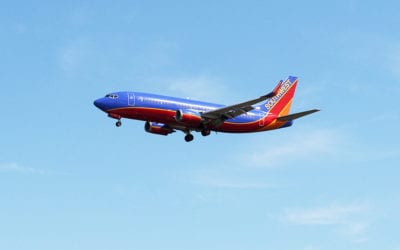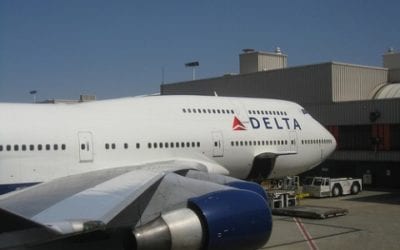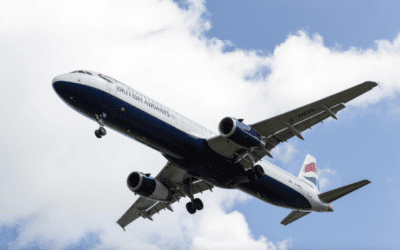Like it or not, travelers are getting used to paying surcharges for checked luggage. And with second bag fees up to $50 on some domestic airlines – more for heavier bags – the new surcharges have become a significant source of revenue. Of course, these fees have also spurred travelers to try harder to get their belongings into a carry-on bag.
So perhaps it’s not surprising that in a letter faxed to travel agents last Friday, Continental Airlines announced a “downsize for carry-ons.”
What does this mean exactly? It means instead of 51 linear inches – the previous size limit, passengers can only bring bags on board that are a total 45 linear inches – 9″ by 14″ by 22″ (height by width by length).
The new rules go into effect November 1, 2008, and unlike changing checked baggage fees, which depend on when the ticket was purchased, these fees will apply to everyone. The letter goes on to state:
To support this change and manage carry-on baggage compliance due to the new checked baggage fees, new luggage sizing boxes will be available at all domestic locations.
This change puts Continental in line with most other major domestic carriers, including American Airlines, United, Delta and Northwest. US Airways is sticking with the larger 51 inch total dimensions for now. And Southwest, the last major carrier not to charge for the first two checked bags, is marching as usual to their own drummer. Its carry-on bag limit size remains 10″ by 16″ by 24″.
Curiously, Southwest still also notes on its site that food for consumption on board is still exempt from the regulations. Delta is the only other major carrier to put that in writing.
No airline has started charging for carry-on bags. Yet. But Continental’s move is clearly aimed at pushing more travelers to check baggage.
The 6 inches inches will not make a huge difference on weight or in overhead bins, and it doesn’t address the problem of travelers who still try to bring monster bags aboard, but it will push many current pieces designed to be carry-ons over the limit. Which means a nice potential jump in checked bag fees.
Of course, these fees were originally introduced in theory to offset higher fuel costs. And fuel costs are…falling. But don’t expect fees to join them.



